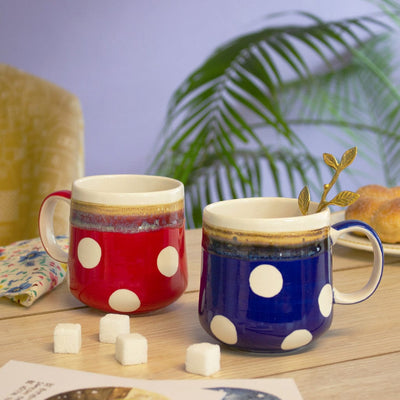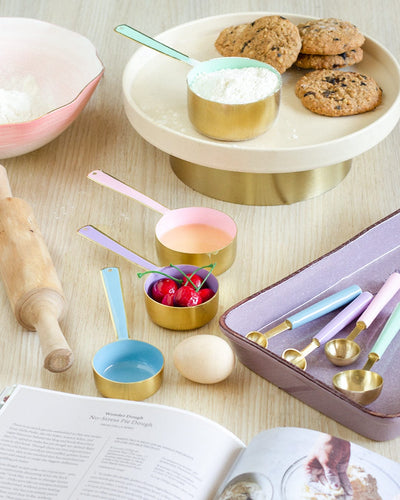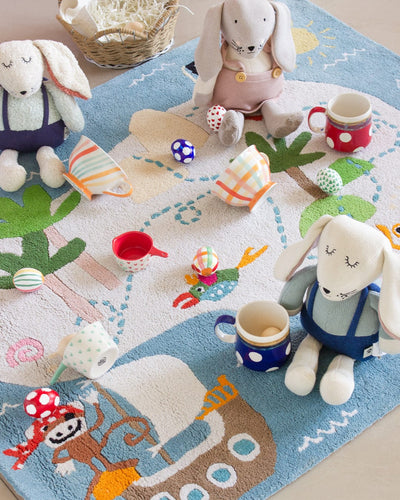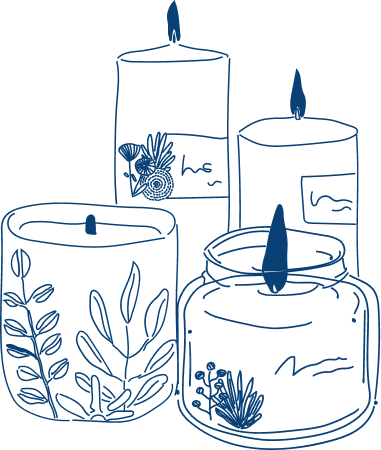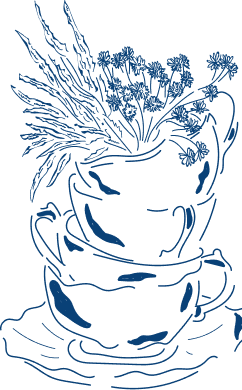Bed Linen 101
Table of contents

Picture Courtesy: Pinterest
Think about your best days. They probably all came after a good night’s sleep. Your choice of mattress & bedsheets play an important role in ensuring you get your beauty sleep. Buying bed sheets can be complicated and can leave us all feeling pretty confused.
Understanding some basics about the material & manufacturing process will help you compare options and make a more informed choice. Hence, we put down a simple guide to help you choose wisely.
Cotton is the most desirable choice for bed sheets as it is a natural fibre, hypoallergenic, allows the body to breathe. It ousts moisture which helps you stay warm in cool weather and cool in warm weather and gets softer and more comfortable with time.
Fibers > Yarn > Weave > Cotton Fabric
Long Fibres or Short Fibres
In the case of cotton - a longer fibreis a better fibre.
Longer cotton fibers are spun into stronger, finer yarns, and produce smooth weaves. Shorter fibers can poke out of the weave, leading to a coarser, weaker fabric.
Single Ply or Multi-Ply Yarn
A single ply yarn can only be spun from long-staple cotton, and results in light, soft, long-lasting sheets. Multi-ply yarns are a group of weaker fibres twisted together to create a false strength. They use mostly lower-grade, shorter-staple cottons, which result in thicker, coarser and heavier threads.
Thread Count
Thread count is the number of threads woven together in a square inch of fabric. As the thread count rises, the fabric becomes softer, denser and warmer.
However, a higher thread count does not necessarily mean a higher quality sheet. Thread counts advertised in excess of 500 are often misrepresented by manufacturers in order to trick customers. They count not just each thread, but each ply spun together within each thread. As multi-ply construction is often used to strengthen lower-grade cotton, a super high thread count can actually indicate the presence of a lower-quality sheet.
Weave
The weave of a fabric ultimately affects how it looks and feels. There are 2 types of weaves for cotton - percale & sateen and both have distinctively different textures.
Percale
Percale is a traditional one-yarn-over and one-yarn-under weave that results in a matte finish with a cool, crisp feel. Its exceptional softness and durability means it gets better with every wash, without pilling. It’s lightweight and breathable, making it perfect for the summer months or warmer sleepers.
Sateen
Sateen is a one-yarn-under and three-yarn-over weave. More thread surface exposed by the three-over, one-under weave is what gives sateen its signature silky-soft feel and luminous sheen. Sateen is more tightly woven and heavier in weight than Percale, making it warmer and buttery soft, ideal for year-round comfort.


